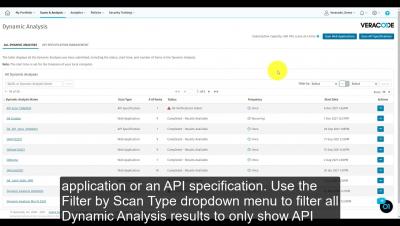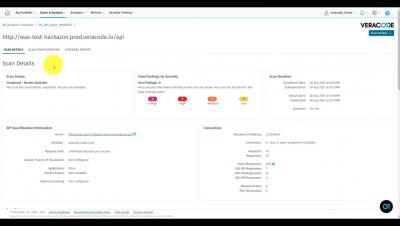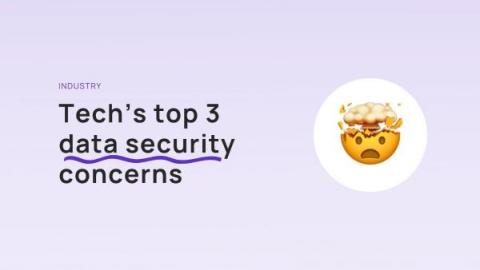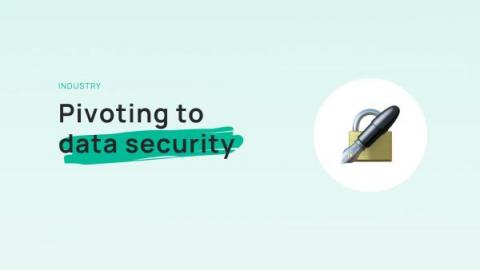Security and privacy trends to watch for in 2022
What can data security and privacy leaders expect from the year ahead? How will key trends shape the industry? Our team looks at three key trends that will impact security and privacy in 2022, and what leaders can do to get ahead of the curve.










